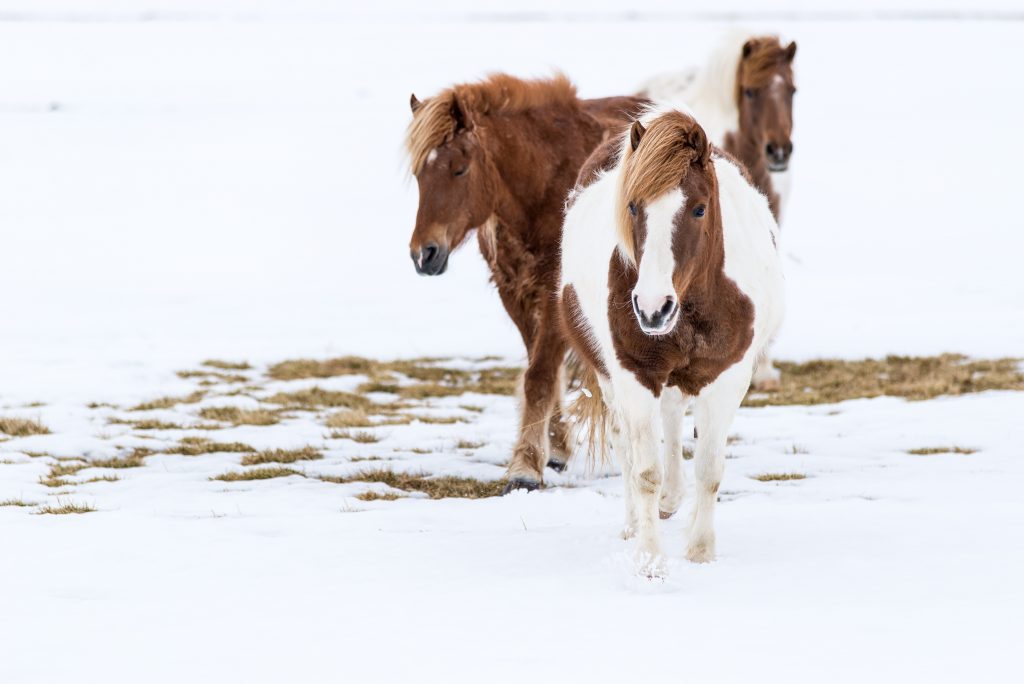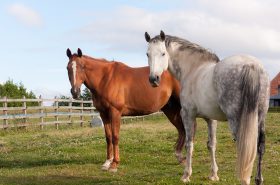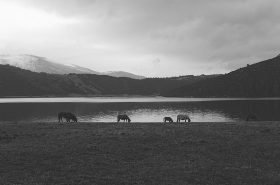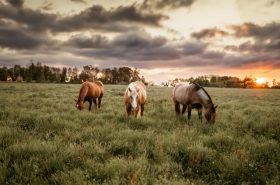In the 1500’s, Spanish conquistadors came to the Americas, bringing along their domesticated horses.
In time, some of these animals escaped or were to turned loose, forming herds of what we now know as the American mustang. In fact, the word “mustang” comes from the Spanish word mustengo which means “ownerless beast” or “stray horse”.
In the coming centuries, settlers’ horses escaped and interbred with the wild Spanish horses, causing mustang numbers to grow, presumably reaching into the millions by the 19th century. As human populations expanded, however, these horses came to be viewed as a nuisance by many. People began killing them for the new and growing pet food industry or even for sport.
Some Americans, such as Velma Bronn Johnston, who would come to be known as “Wild Horse Annie”, fought to protect mustangs, and in 1971, Congress finally passed legislation prohibiting private capture or killing of wild horses and burros.
More recently, many Americans have come to appreciate the mustang’s hardiness and rugged beauty and also see these horses as an enduring symbol of the American West.
Here are seven facts about American mustangs you might find surprising:
1.) Today’s mustangs aren’t a specific breed, but rather a mixture of many breeds, including colonial Spanish horses, quarter horses, ponies, draft breeds, and others.
2.) Mustangs aren’t truly “wild” horses, but more accurately, “feral” horses due to the fact that they originated from domesticated breeds. (The only living wild horse is the Przewalski’s horse.)
3) During World War I, it’s estimated that over a million mustangs were captured and used for war time purposes.
4.) Thousands of free-roaming mustangs and burros currently live on public lands in 10 states across the western U.S.
5.) Last year, the BLM adopted out over 5,000 mustangs or burros to interested individuals.
6.) Aside from their sturdy builds, mustangs are also known for having great feet. Even if gentled and trained to be ridden, most never need shoes.
7.) Mustangs are also known for being very smart and curious. Many who’ve adopted them also say that the bond they form with their mustang is unlike any they’ve had with a domesticated horse.
If you have experience with mustangs, feel free to share in the comments!
**
Casie Bazay is a freelance and young adult writer, as well as an owner/barefoot trimmer and certified equine acupressure practitioner. She hosts the blog, The Naturally Healthy Horse, where she regularly shares information on barefoot, equine nutrition, and holistic horse health. Once an avid barrel racer, Casie now enjoys just giving back to the horses who have given her so much. Follow Casie at www.casiebazay.com.




